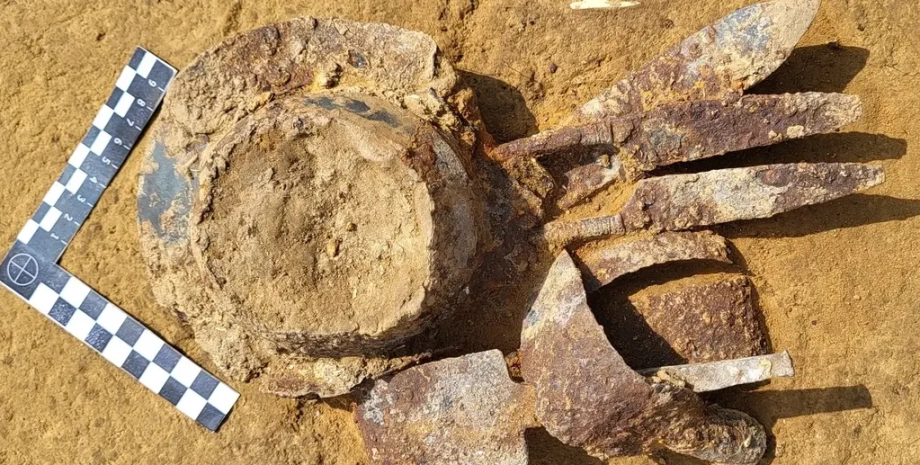
 By Victor Duda
By Victor Duda
The cemetery located near the city of Glinka dates from the III-IV centuries of our era and is part of a wider place associated with Pshevo culture-a group that flourished in central and southern Poland during iron age, Heritage Daily writes. In focus. Technology appeared its Telegram channel. Subscribe to not miss the latest and most intrusive news from the world of science! The team excavated the pity graves containing Creamy remains and evidence of funeral fires.
These graves are believed to be associated with vandals, the German tribe that once inhabited part of present -day Southern Poland. Known for their conflict with the Roman Empire, vandals eventually created a kingdom that covered part of North Africa and several islands of the Mediterranean. In 455, our era led by King Gaiserich, they made the famous robbery of Rome, accelerating the fall of the Roman Empire.
Along with the remains, archaeologists have found weapons and burial objects that indicate high -ranking soldiers, including swords, fragments of shields, iron spear tips and pieces of burnt clay vessels. Dr. Marek Florek on Monument Protection Management in Sandomir noted that traces of firing on these objects indicate that they were burned at the fire with bodies as part of a burial ritual. Interestingly, both swords found in the graves were bent, which is a common practice in Pshevora culture.










All rights reserved IN-Ukraine.info - 2022